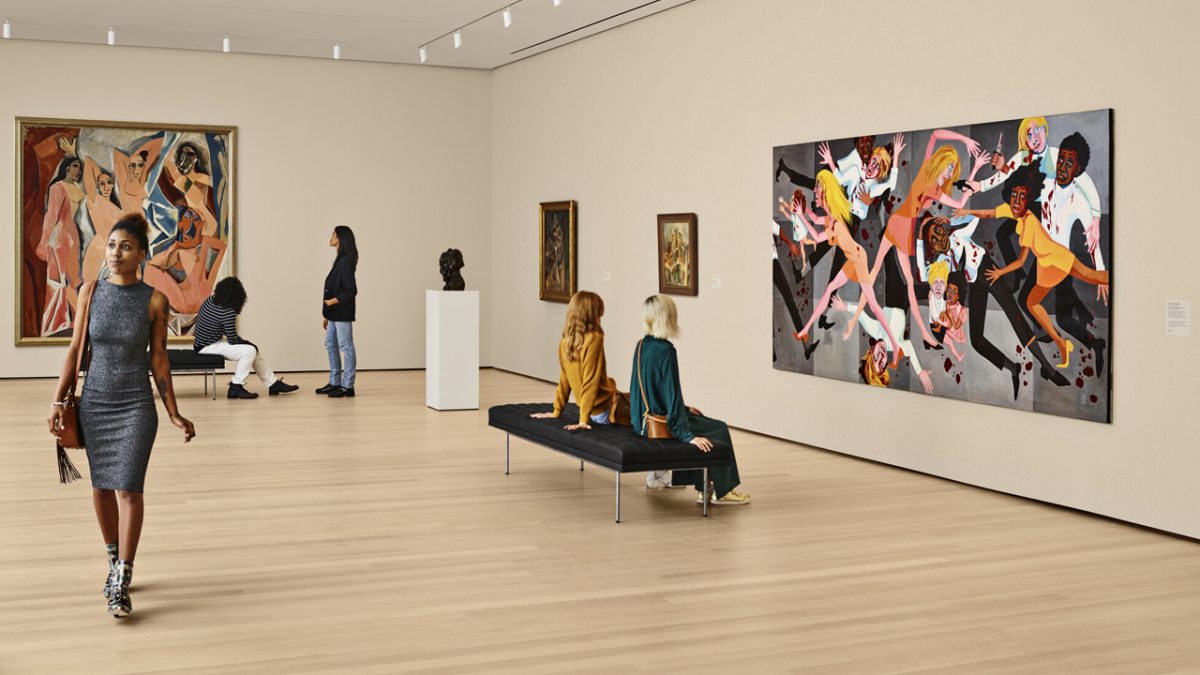In 2014, Singapore launched Virtual Singapore – a digital representation of the country. The digital representation, or twin, can help government agencies collaborate, test-bed new technology, and support policy decisions, within a true-to-life model of the city (Pitalwalla, 2021). Below you can watch a short video about the project:
With nearly 6 million inhabitants and one of the highest population densities in the world, Singapore has become a benchmark in the integration of the most innovative technologies for urban planning and management. Its Virtual Singapore project is one of the most advanced digital twins, a kind of virtual laboratory for monitoring cities and predicting possible incidents affecting their infrastructure and services. Thanks to technologies such as the Internet of Things, big data and cloud computing, accurate data is collected that generates layers of information from buildings, public services, businesses and the movements of people and vehicles, which are useful for urban planners to experiment with a priori. The system enables the creation of a dynamic three-dimensional model and a collaborative data platform with all kinds of information, including data on demographics, weather or traffic in real-time, which will be essential for making decisions previously tested on the virtual replica (Arroyo, n.d.).
Leading the path to a self-sufficient energy hub
Data such as the height of buildings, the surface of the rooftops and the amount of sunlight are available in Virtual Singapore. This allows urban planners to analyze which buildings have a higher potential for solar energy production, and hence more suitable for the installation of solar panels. Further analysis can allow planners to estimate how much solar energy can be generated on a typical day, as well as the energy and cost savings (National Research Foundation, n.d.). Furthermore, urban planners can simulate wind flows in Virtual Singapore which in turn could be used to find the best stops for wind turbines to further fuel sustainable energies. All in all, Singapore’s software is a very powerful tool to design the green city of the future.
Singapore is a shining metropole of South East Asia and its government has understood that a digital transformation is the only way to design future-proof cities. The western world like North America and Europe can learn a lot from the role model Singapore. Having powerful tools such as Virtual Singapore, a long-term strategy for urban planning and a clear goal towards sustainable energy is of utmost importance in transforming our cities and increasing the quality of life for its citizens.
Do you know of comparable projects in Europe or America? Do you think Asia could overtake us in terms of quality of life aspects in the next 10 years? Then feel free to leave a comment and let’s discuss!
Sources
Pitalwalla, S. (2021, April 8). Digital twin technology can open up vast new possibilities. The Business Times. https://www.businesstimes.com.sg/opinion/digital-twin-technology-can-open-up-vast-new-possibilities
Arroyo, I. (n.d.). Digital twins to design the city of the future. SACYR. Retrieved on 2021, October 9 from https://www.sacyrconcesiones.com/en/web/sacyr-corp/-/gemelos-digitales-para-dise%C3%B1ar-la-ciudad-del-futuro
National Research Foundation. (n.d.). Virtual Singapore. Retrieved on 2021, October 9 from https://www.nrf.gov.sg/programmes/virtual-singapore





